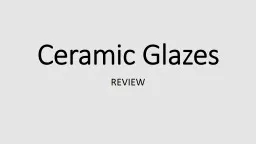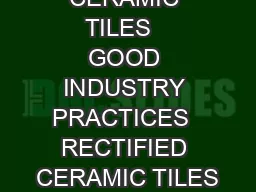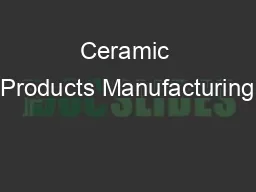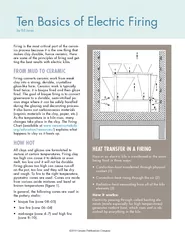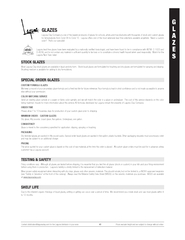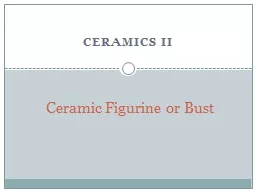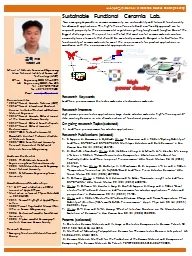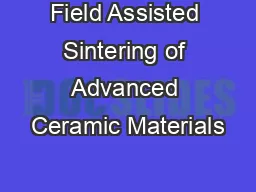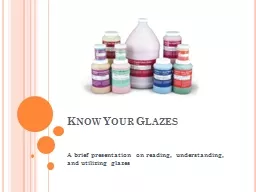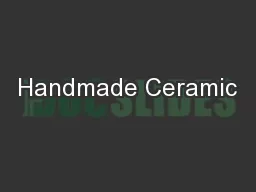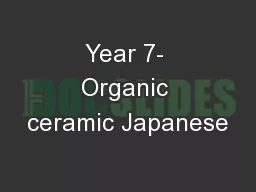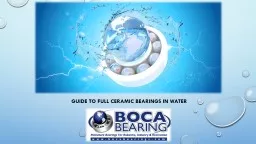PPT-Ceramic Glazes
Author : pasty-toler | Published Date : 2017-08-07
REVIEW Ceramic Glaze a mixture of powdered materials made into a formula that fuses onto a ceramic piece when heated through Silica the glass former found naturally
Presentation Embed Code
Download Presentation
Download Presentation The PPT/PDF document "Ceramic Glazes" is the property of its rightful owner. Permission is granted to download and print the materials on this website for personal, non-commercial use only, and to display it on your personal computer provided you do not modify the materials and that you retain all copyright notices contained in the materials. By downloading content from our website, you accept the terms of this agreement.
Ceramic Glazes: Transcript
Download Rules Of Document
"Ceramic Glazes"The content belongs to its owner. You may download and print it for personal use, without modification, and keep all copyright notices. By downloading, you agree to these terms.
Related Documents

